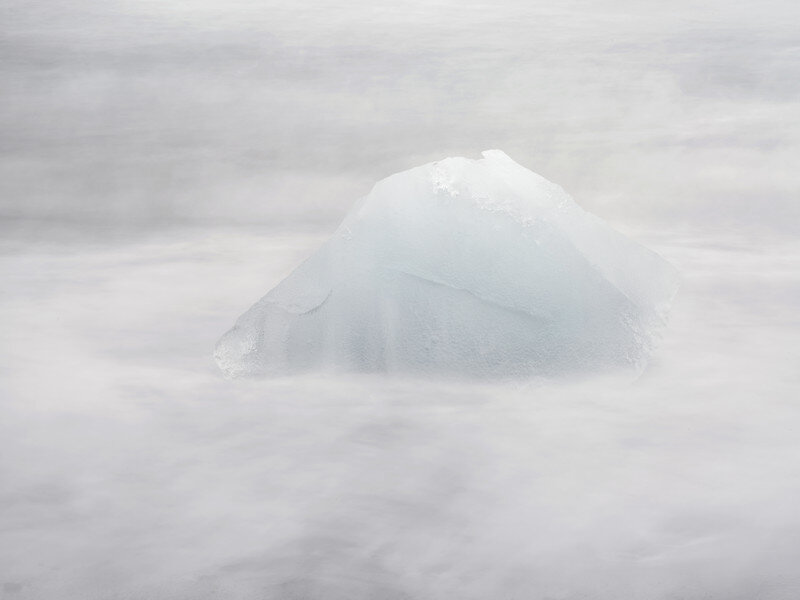Melting Landscapes
© Fernando MoleresThe Melting Landscapes project is a photographic exhibition and a video installation that reflects on climate change from an artistic angle.
Nature is the great protagonist of Melting Landscapes, but understood as the vast and bleak landscape of an interrogation. The photographs constitute a narrative series that begins with these landscapes of ice, forged in times immemorial, silently lumber toward their own disappearance, toward the limits of what is visible. An atmosphere in which the tension from transformation commutes with tranquility.
For thousands of years the Arctic had remained unchanged, but the massive burning of fossil fuels has lit the fuse on global warming.
The video installation delves into the causes, consequences and possible answers. Stopping the global warming process requires a radical transformation in the way of producing, consuming and distributing energy, a profound change of mentality because the ecological crisis is based on a political crisis.
Two degrees Celsius of increase with respect to the average pre-industrial temperature is the distance that most of the scientific community separates the Earth from the point of no return and we have already increased the global temperature by 1 degree.


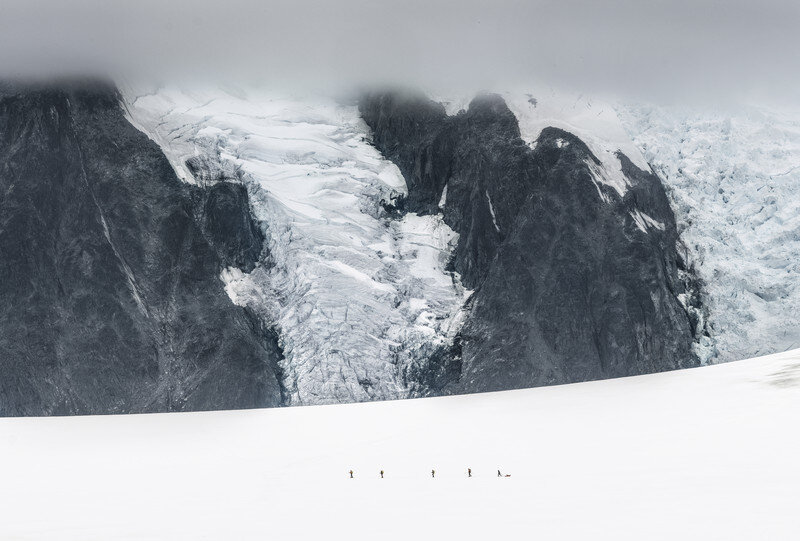




Climate determinism
Climate changes have caused a constant adaptation of life on Earth and have been key to its evolution, but have also brought life to the brink of extinction.The regular pulsation of climate change in the last 3 million years with cycles of complete glaciations every 100,000 years created periods of drought and deforestation that forced our ancestors to descend from trees, emigrate and work in community to find food. Greater social integration was key to survival. This was the key for Homo Erectus to create a larger brain, more intelligence with greater adaptability.
The glaciations separated by interglacial periods of 10,000 years gave another impetus in evolution. We currently live in an interglacial period that began more than 11,000 years ago; All human civilization is contained in a climatic pulsation.
The study of the influence of climate on evolution, and especially on humanity is Climate Determinism and in recent years this interest has been increased because of the worldwide concern for the so-called Anthropogenic Climate Change that threatens us. In fact, the climate is becoming the cornerstone that will shape our way of life, international politics, the global economy and social theories.

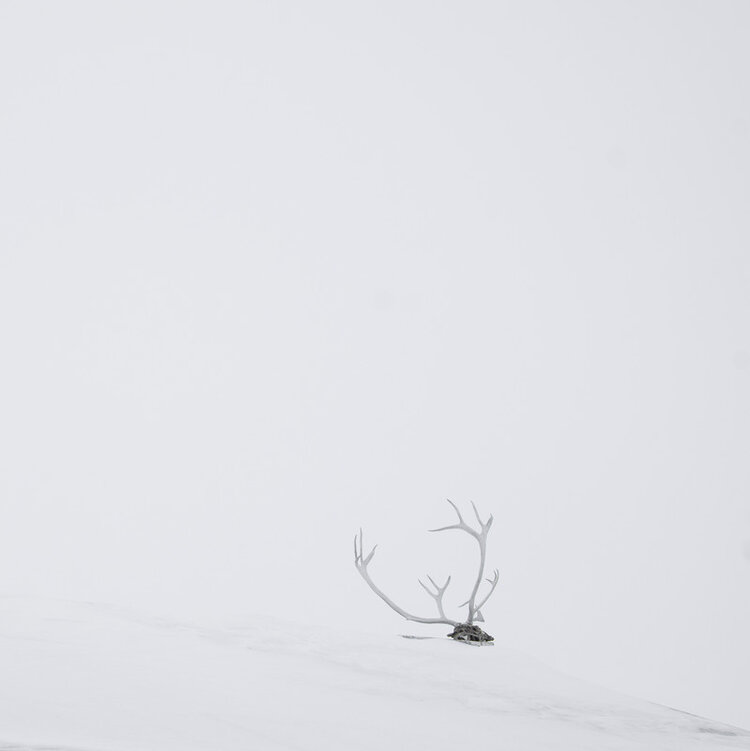
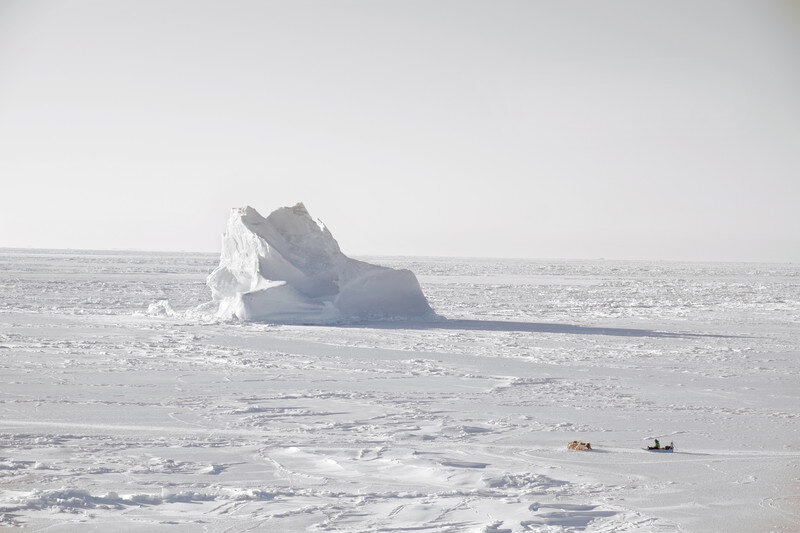
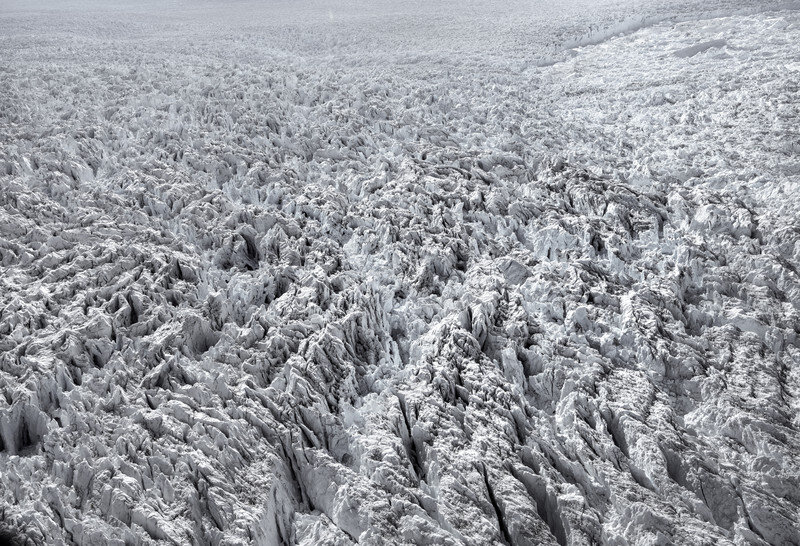


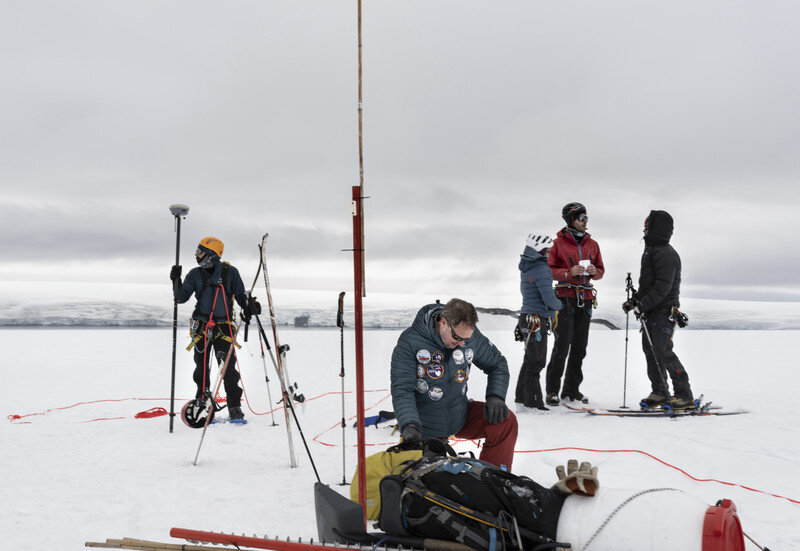
The importance of the Arctic
Scientists call the Arctic the " whistle blower" of the climate because it is the most sensitive planetary zone to an increase in temperature, warming twice as fast as the earth's global one. The current increase in global planetary temperature by 1.3 degrees has reduced the surface of the Arctic summer ice by 35% compared to 1979, when it began to be measured.The great ice mass of the Arctic reflects solar energy (80%) into space and causes the temperature of the air and water of the North Pole to remain stable and cold. But once the ice begins to melt, the dark ocean absorbs much more solar energy and the water temperature rises suddenly.
The melting of the Arctic is a consequence of warming and in turn is the cause of more warming in a positive feedback process. The warming of the Arctic zone directly affects oceanic ocean currents that regulate the global climate. The permafrost or icy soil, which is like a “rock” does contain the underwater and terrestrial methane, its release has begun; The methane molecule has a greenhouse gas power 20 times greater than CO2.
The increase in the concentration of CO2 in the atmosphere makes the ocean, the largest sink of this gas, capture and acidify it. Extreme acidification could lead to widespread desertification of the seas and dying seas would release more carbon dioxide into the atmosphere. There will be a chain reaction that some scientists place from a temperature rise between 4 and 6 degrees once the critical point is reached in the middle of this century.


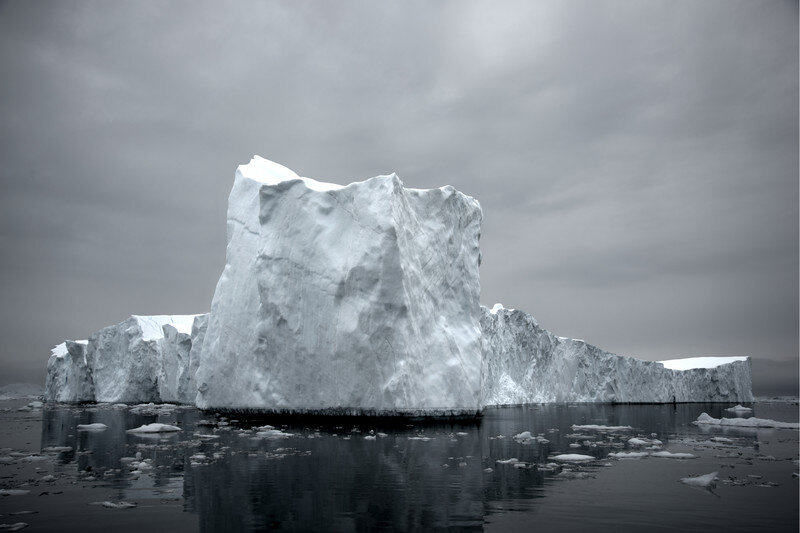
Glaciers: memory of the weather
Ice is the only material that preserves fossilized air.
In polar and alpine regions ice has accumulated layer by layer over hundreds of thousands of years. The researchers drill it in depth and obtain long cylinders in which strips that correspond to the ice accumulated every year, and which contain air bubbles, oxygen isotopes, aerosols of volcanic origin, human, etc The determination of the composition of these millenary bubbles provide very accurate weather data in the corresponding year.
Throughout its four thousand five hundred million years of history, the Earth has undergone profound changes in the climate, sometimes drastic. At one of these extremes is the so-called “Snowball” glaciation that 800 million years ago covered the entire planet in a thick layer of ice and an average of 20 degrees below zero in the equator. At the other extreme is the global warming of the Permian, which scorched the Earth 250 million years ago. In the last glaciation, just 20,000 years ago the sea level was 120 meters below the current one. All these alterations in the climate brought to life five mass extinctions. Now the ice has collected nuclear radiation, caused by man, opening to a new geological era: the Anthropocene.
